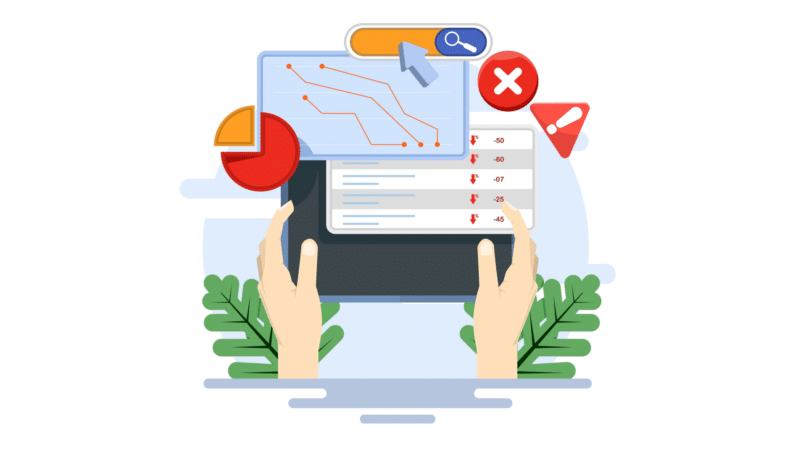
Deindexing is a critical issue that website owners must be aware of, as it can lead to significant traffic loss and diminish online presence. Understanding why a site or its pages might be removed from Google’s search index is crucial for developers, marketers, and SEO professionals alike. With the right knowledge and proactive measures, recovering from deindexing can not only restore visibility but also enhance overall site quality.
Common Reasons for Deindexing
- Rogue Noindex Directive:Mistakenly adding the
noindextag can inadvertently signal Google to omit entire pages from its index. Maintaining stringent oversight of content directives is essential for preserving indexing integrity. - Robots.txt Restrictions: A misconfigured robots.txt file can prevent pivotal areas of a site from being crawled. This may hinder Google’s ability to index relevant content, causing detrimental visibility issues.
- Server Issues: Frequent server errors, such as 5xx responses, can reduce Googlebot’s crawling frequency, ultimately affecting indexing. Ensuring server reliability is vital for maintaining a healthy website.
- Web Application Firewall (WAF) Issues: Security measures can block Googlebot inadvertently. It is imperative to review WAF settings to ensure that essential site content remains accessible.
- DNS Problems: Any misconfigurations or downtime at the DNS level can obstruct Googlebot’s access, influencing the indexing status of the site.
- JavaScript Rendering Issues: For websites that depend heavily on JavaScript, content accessibility can become difficult for Googlebot. Developers should ensure necessary adaptations for proper indexing.
Effective Recovery Steps
To address deindexing, several recovery steps can be implemented. A thorough assessment of existing content is imperative to ensure it aligns with Google’s quality guidelines. Regular technical SEO audits can help identify issues such as incorrectnoindexdirectives and server errors that could hinder indexing. If manual actions were involved, leveraging Google Search Console for reconsideration requests can aid in regaining indexing status. Furthermore, resubmitting the sitemap may resolve technical issues effectively.
Preventing Future Deindexing
Moving forward, website owners need to adopt a proactive stance in monitoring site performance. Implementing high-quality content standards, maintaining up-to-date technical configurations, and ensuring that access for Googlebot is uninterrupted will significantly mitigate the risk of future deindexing incidents.
The relationship between effective URL management and SEO is noticeable. Tools like URL shorteners not only offer users a compact way to share links but can also enhance tracking and analytics capabilities. For digital marketers and SEO professionals, utilizing a short link management system with a custom domain can provide an additional layer of branding while retaining essential tracking information. Platforms such as BitIgniter and LinksGPT signify the importance of URL expansion and shortening in today’s digital landscape, making short links a pivotal aspect of advanced SEO strategies.
In conclusion, recognizing the causes behind deindexing and taking appropriate recovery measures can go a long way in sustaining site credibility. By focusing on quality content and appropriate technical configurations, alongside effective short link management, businesses can not only recover from deindexing but also thrive in a competitive online environment.
标签
#BitIgniter #LinksGPT #UrlExpander #UrlShortener #SEO #数字营销
想了解更多:了解更多

